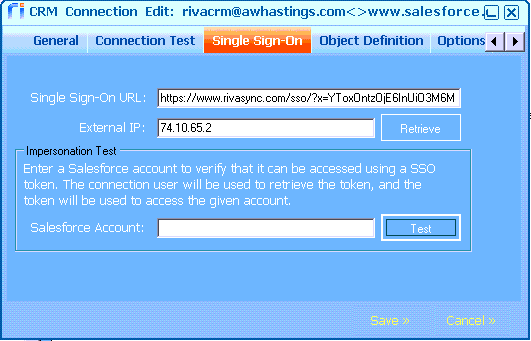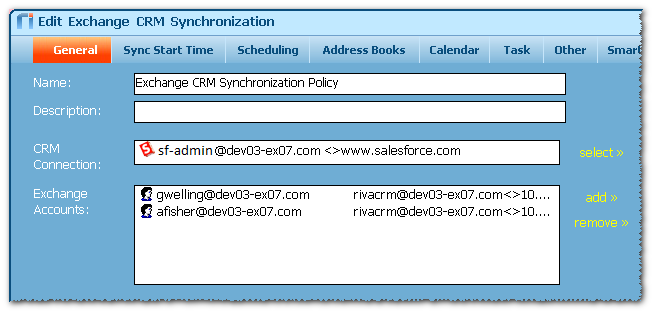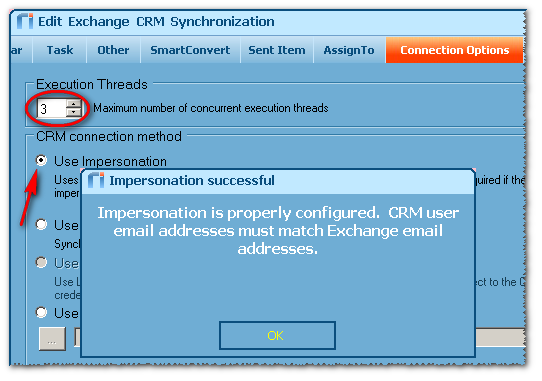|
Article ID: 556
Last updated: 13 May, 2016
WARNING: The Riva for Salesforce Single Sign-On connection strategy described in this article is not supported for new Riva On-Premise installations.
New Riva On-Premise installations include a new strategy to provide impersonation access into Salesforce: the Standard Impersonation Model. For instructions on implementing the Standard Impersonation Model, see Prepare Salesforce for Riva and Create and test a Salesforce connection. For current Riva On-Premise installations that use Salesforce Single Sign-On, administrators are encouraged to upgrade their Riva for Salesforce connection setup to the Standard Impersonation Model. For assistance, contact the Riva Success Team. The procedures in the following article have been deprecated. The information is being retained for clients who have not yet converted to the new Standard Impersonation Model. These steps will enable the Riva server for SSO. Recommended best practices include:
This procedure requires that the Riva connection to Salesforce for SSO be created and tested. This article will refer to that connection as the "Riva SF SSO connection". Steps to configure Riva for SSO for test target usersSteps required to enable Riva for Single Sign-On include:
Configure Salesforce to fully enable SSO (for Hosted Riva SSO Provider service)These steps apply to those Riva server deployments that use the Hosted Riva SSO Provider service:
Configure Salesforce to fully enable SSO (for On-Premise Riva SSO Provider Server)These steps will be completed during the installation of the On-Premise Riva SSO Provider server by Riva support staff. Enable the target users in SalesforceIn Salesforce, assign one or two test target users to a SSO-enabled user profile or a SSO-enabled permission set (Salesforce.com Enterprise and Unlimited only). Enable the Riva SF SSO connection for Single Sign-On
Note – adding users to an SSO-enabled user profile will change how those users access Salesforce: When the user opens a browser to Salesforce, they will need to authenticate to Salesforce using their Active Directory/Exchange password. Salesforce will no longer use the Salesfroce username, password and security token for those users. Changing their Salesforce password will be disabled. Enable "Use Impersonation" in the Sync PolicyThe Riva sync policy that was previously created for SSO needs to be enabled:
Article ID: 556
Last updated: 13 May, 2016
Revision: 3
Views: 8441
Also listed in
|

.png)




